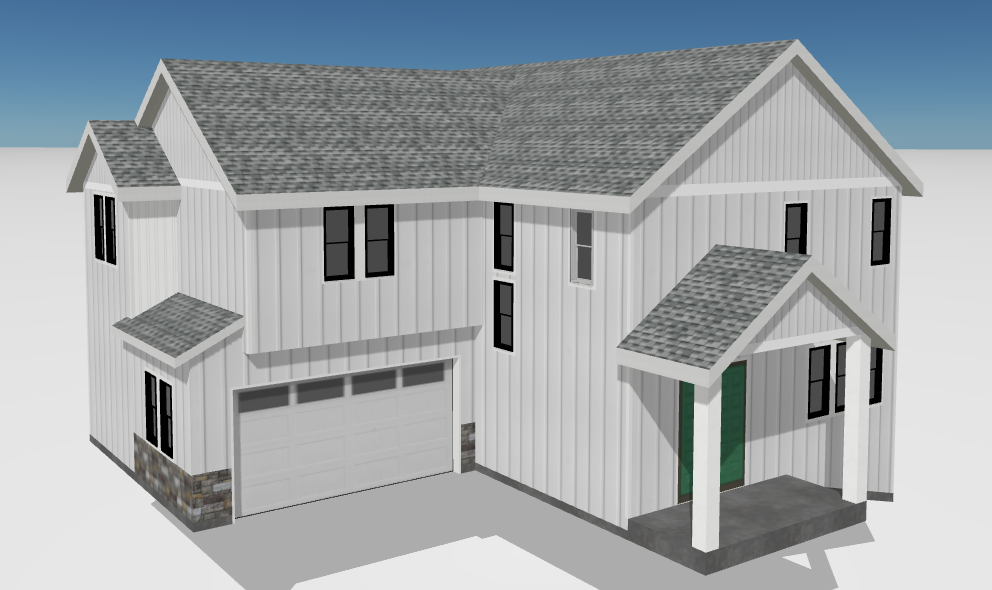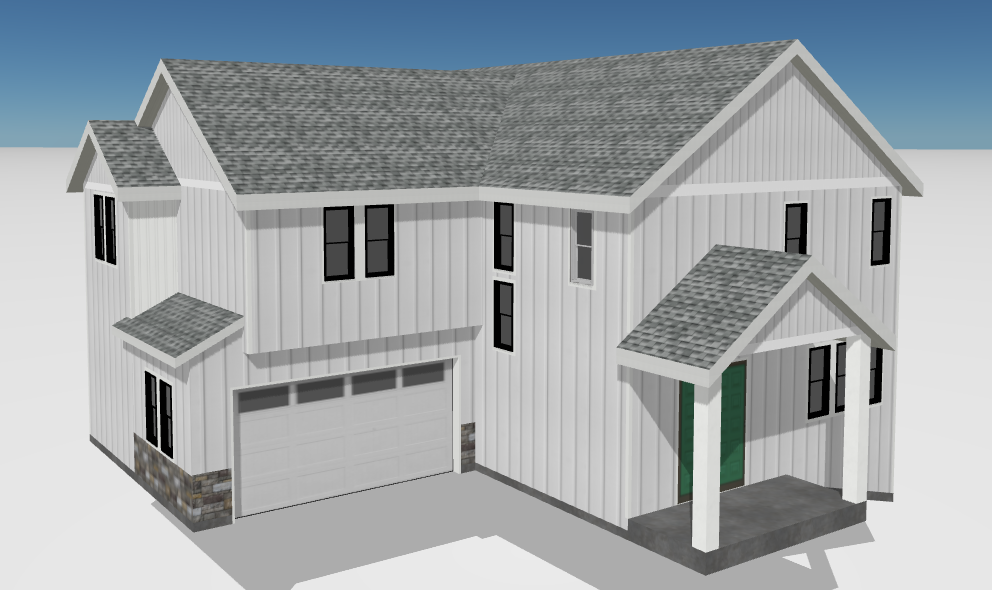
Your home’s exterior is not only the first impression that visitors get of your home, but it also provides protection from the elements. Your roof and exterior siding are two of the most important components of your home’s exterior, and they must work together to keep your home safe, secure, and looking its best. However, many homeowners overlook the impact that their roof can have on their exterior siding. In this article, we’ll explore the surprising ways that your roof can affect your exterior siding and what you can do to prevent any damage.
One of the most significant ways that your roof can affect your exterior siding is through water damage. If your roof is not properly maintained, it can develop leaks that allow water to seep into your home. This water can damage your exterior siding, causing it to warp, rot, or become discolored. Additionally, water damage can lead to mold growth, which can further compromise the integrity of your siding. Regular inspections and maintenance of your roof can help prevent leaks and ensure that your siding remains in good condition.
Strong winds can also cause damage to your exterior siding if your roof is not properly maintained. When shingles are lifted off your roof, they can strike your siding and cause dents or cracks. In some cases, the wind can even knock pieces of siding loose, leaving your home vulnerable to the elements. It’s essential to have your roof inspected regularly to ensure that it’s in good condition and able to withstand strong winds.
Your home’s exterior should not only be functional but also visually appealing. The colors of your roof and siding can impact the overall look of your home. If the colors clash or don’t complement each other, it can detract from your home’s curb appeal. Choosing colors that work well together to create a cohesive look can help improve your home’s appearance and increase its value.
4. Material Compatibility
The type of material your roof and siding are made from can impact their compatibility. For example, if your siding is made from wood and your roof is made from metal, the expansion and contraction rates of the two materials may not be the same, which can cause the siding to warp or buckle. Understanding the compatibility of the materials used in your home’s exterior can help you make informed decisions when it comes to maintenance and repairs.
In conclusion, your roof and exterior siding work together to protect your home and maintain its appearance. Regular maintenance and inspections of your roof can help prevent damage to your siding and ensure that your home remains in excellent condition. Choosing compatible materials and coordinating colors can help create a cohesive and attractive look for your home’s exterior.

